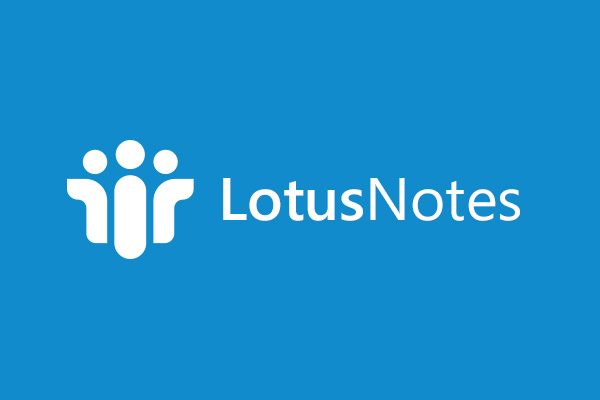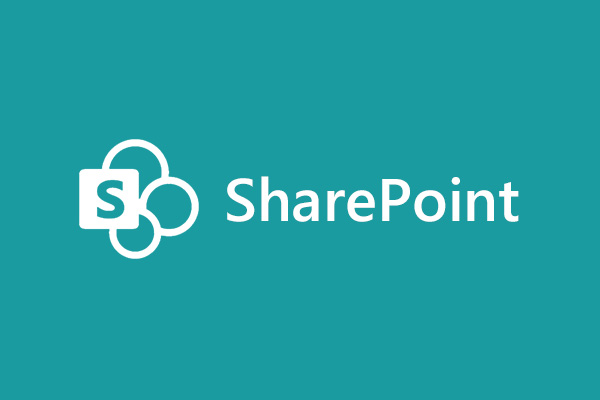Digital workplace teams and IT functions tend to remember Lotus Notes with mixed feelings as an extremely flexible and powerful platform that provided solutions that drive real value, but also one that was sometimes eminently frustrating and difficult to work with. Many early intranets and custom collaboration environments from the late nineties onwards were built on Lotus Notes and Lotus Domino; many of these environments were then later migrated to SharePoint during the 2010s, particularly as more organisations signed enterprise agreements with Microsoft that included SharePoint.

Although some assume that Lotus Notes is no longer supported and available, it is actually still a going concern. Although IBM largely retired the Lotus brand name in 2013, the platform has continued and was sold to HCL Technologies in 2019. Today, Notes and Domino are now known as HCL Notes and HCL Domino respectively.
Migration projects involving Notes are not as common as they used to be, but we still get clients that are looking to migrate to SharePoint or SharePoint Online. They are often active users of the tools or have legacy Notes databases – there are some ancient custom environments still in use today. This is partly a testament to the durability of Lotus Notes, but also a reflection of the general complexity of most digital workplace landscapes that can include a number of legacy systems, particularly in companies that are built up through acquisition.

We recently covered five tips for migrating Jive to SharePoint Online; now lets look at five tips for migrating Notes.
1 Run an audit of what you have
Any migration project will involve a data and content audit; you need to know whats out there before you can plan your migration. The audit is particularly important for Notes migrations because they often involve old legacy systems and databases; digital workplace teams, IT functions and business owners may not actually know what is out there. For example, a company may have acquired company after company and steadily inherited a collection of data and content along the way with little idea of what it actually contains. Carrying out a robust and thorough data and content audit is necessary before you can plan and budget your migration project.
Get in touch to discuss your project
2 Identify the owners
The content and data audit also needs to identify business owners for the content to make business decisions on migration in order to be responsible for it going forward in the new Microsoft 365 world. Identifying the right business owners can be more challenging and time-consuming than it seems, not only due to potential complications with older legacy Notes content, but because some busy teams may be reluctant to take on ownership of a new content collection that requires time and effort to sort through.
Clear and engaged content ownership is at the heart of good intranet and digital workplace governance, so you want to make sure this is covered on your new platform by identifying any content owners before migration takes place.
3 Map content types and features to Microsoft 365
An important part of planning a migration is carrying out a mapping exercise that covers what your old Notes content will look like in the new environment. Like a Jive migration to SharePoint, a Notes migration to Microsoft 365 may not map perfectly in terms of content templates and capabilities. However, Microsoft 365 and SharePoint are highly flexible tools, and sometimes perfect is not necessarily the best approach – business value needs to be the overriding factor. For example, you may only need to migrate 80% of your existing features because there are actually better options available in Microsoft 365.
The mapping exercise might involve defining the content templates that will need to feature in SharePoint, but again, eventual business value rather than like-for-like migration should be the guide to your actions.
4 Keep an eye on permissions, data governance and compliance
For any data or content migration, two thorny issues which often arise are permissions and data governance. You dont want to migrate content that might be sensitive and need to have the right permissions; with legacy data and content in Notes databases, permissions may not necessarily be up-to-date and will need extensive attention. Do you have the right permissions on the content that you are migrating?
When carrying out a SharePoint migration of Notes content that was effectively lost or hidden, you can expose content that is suddenly available in SharePoint search. If this content hasnt been reviewed, you may unwittingly open up access to sensitive content.
Its worth ensuring you meet data governance and compliance requirements for example, there may be a legal requirement to keep content and data available for a certain number of years. When there are old Notes database inherited from an acquisition, your instinct may be to delete or archive that content rather than migrate it over; however, make sure your decisions reference your compliance, regulatory and legal commitments.
5 Decide the best migration path on a case by case basis
Most data and content migrations require a hybrid approach to migration using both automated and manual approaches. When possible, automation can add real value, but thats not true for every content collection or database. For example, where content needs to be rewritten or reformatted and there is a potential for large amount of content to be deleted, a manual approach may have more business value because it forces through a more robust review process involving business owners. Similarly, if an automated migration will need extensive manual checking of content, it may not be worth the effort.
Overall, it is best to decide the preferable migration path on a case-by-case basis for each pot or collection of content. This is particularly true for Notes migrations; each migration approach will depend on how neatly the content and features map to the Microsoft 365 content, technical considerations, the business value of the content, the level of the review that needs to take place and the migration tools open to the project team.
Get in touch to discuss your project
Planning your Notes to SharePoint migration
Lotus Notes and Domino migrations to SharePoint and Microsoft 365 need some planning and thought. If youd like to discuss your migration project and methodology, then get in touch!

